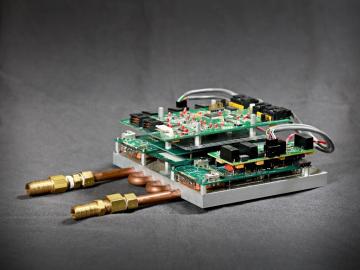
Filter News
Area of Research
News Type
Date
News Topics
- 3-D Printing/Advanced Manufacturing (2)
- Artificial Intelligence (1)
- Biomedical (2)
- Clean Water (1)
- Composites (1)
- Computer Science (3)
- Critical Materials (1)
- Cybersecurity (1)
- Energy Storage (1)
- Environment (2)
- Fusion (1)
- Grid (1)
- Isotopes (1)
- Materials Science (3)
- Mercury (1)
- Microscopy (1)
- Molten Salt (3)
- Nanotechnology (3)
- Neutron Science (3)
- Nuclear Energy (3)
- Physics (1)
- Polymers (2)
- Security (1)
- Space Exploration (1)
- Transportation (4)
Media Contacts
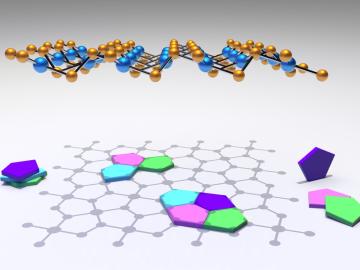
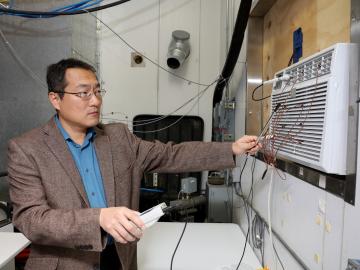
Cooling homes and small office spaces could become less costly and more efficient with new early stage technology developed by Oak Ridge National Laboratory. Researchers designed a window air conditioning unit that uses propane as the refrigerant, cooling the air with 17 percent h...
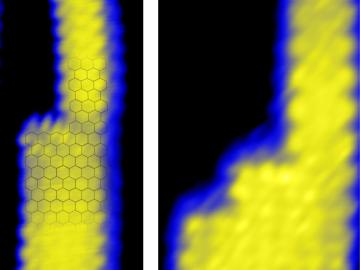


A new Oak Ridge National Laboratory-developed method promises to protect connected and autonomous vehicles from possible network intrusion. Researchers built a prototype plug-in device designed to alert drivers of vehicle cyberattacks. The prototype is coded to learn regular timing...
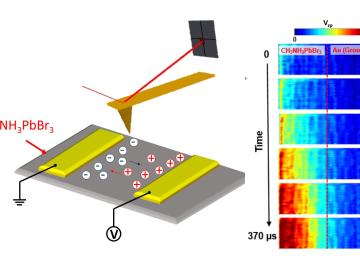
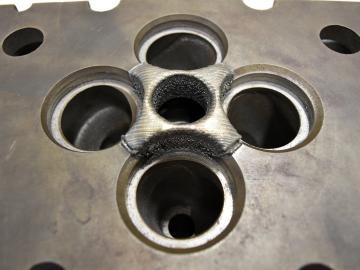

Ways to give homeowners more centralized control over how much electricity their home uses—from the air conditioning unit to the heat pump water heater—are being developed by Oak Ridge National Laboratory. An ORNL team is working with Southern Company and Alabama Power on its Sma...

